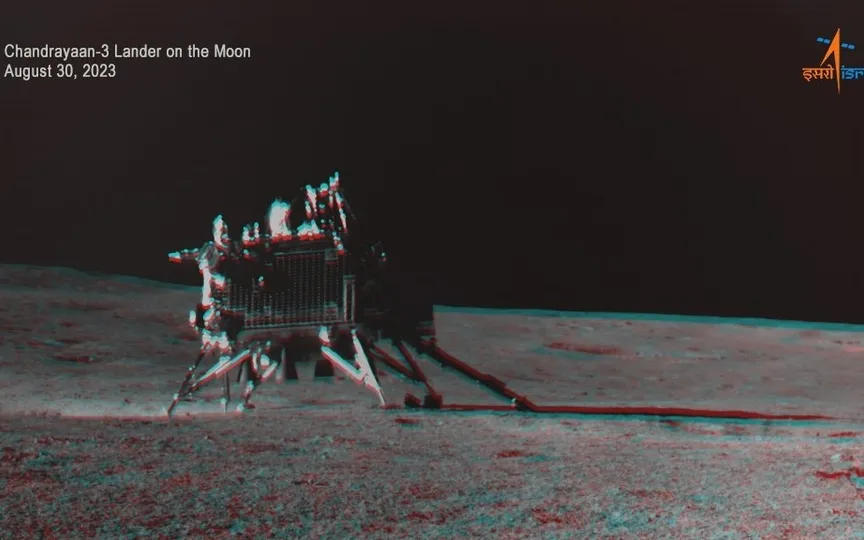Will ISRO’s Vikram Lander and Pragyan Rover Achieve a Miracle on the Moon?
On August 23, 2023, the Chandrayaan-3 Vikram lander successfully touched down on the moon’s surface. Subsequently, the lander and Pragyan rover conducted explorations until the end of the lunar day. Nevertheless, scientists remain uncertain about the functionality of both the lander and rover once the region emerges from the dense darkness and extreme cold with the arrival of sunrise. The Indian Space Research Organization (ISRO) has stated its commitment to ensuring the mission’s continuity.
What happens to Vikram the lander and Pragyan the ATV after 14 days of sleep?
At the end of the day at the Moon’s south pole, the Vikram lander and the Pragyan driver were put into hibernation, or sleep mode, so that they could remain fully charged for further studies. ISRO said via X-mail: “The rover completed its mission. It is now safely parked and put into sleep mode.”
ISRO also added that it will try to activate the lander and rover when the sun rises over the Moon’s south pole. The Week report quoted ISRO as saying that the lander and rover are going into hibernation and that its scientists are trying to restart them. The report further added that it would be a “miracle” if Vikram and Pragyan wake up from their sleep.
The research could not be continued during the lunar night, because the temperature of the Moon drops below -200 degrees Celsius and the equipment has not been developed to withstand harsh weather conditions and the batteries run out. However, if they don’t wake up, they will remain on the Moon as “India’s Moon Ambassador”.
According to reports, it is possible that the solar panels on the lander and rover will recharge after sunrise and it will be able to continue exploring, but that is doubtful. According to a report by Space.com, spaceflight missions should be equipped with radioisotope heaters (RHUs) to survive extreme cold, and the Chandrayaan-3 flight does not have any heating mechanism to protect its functions.




